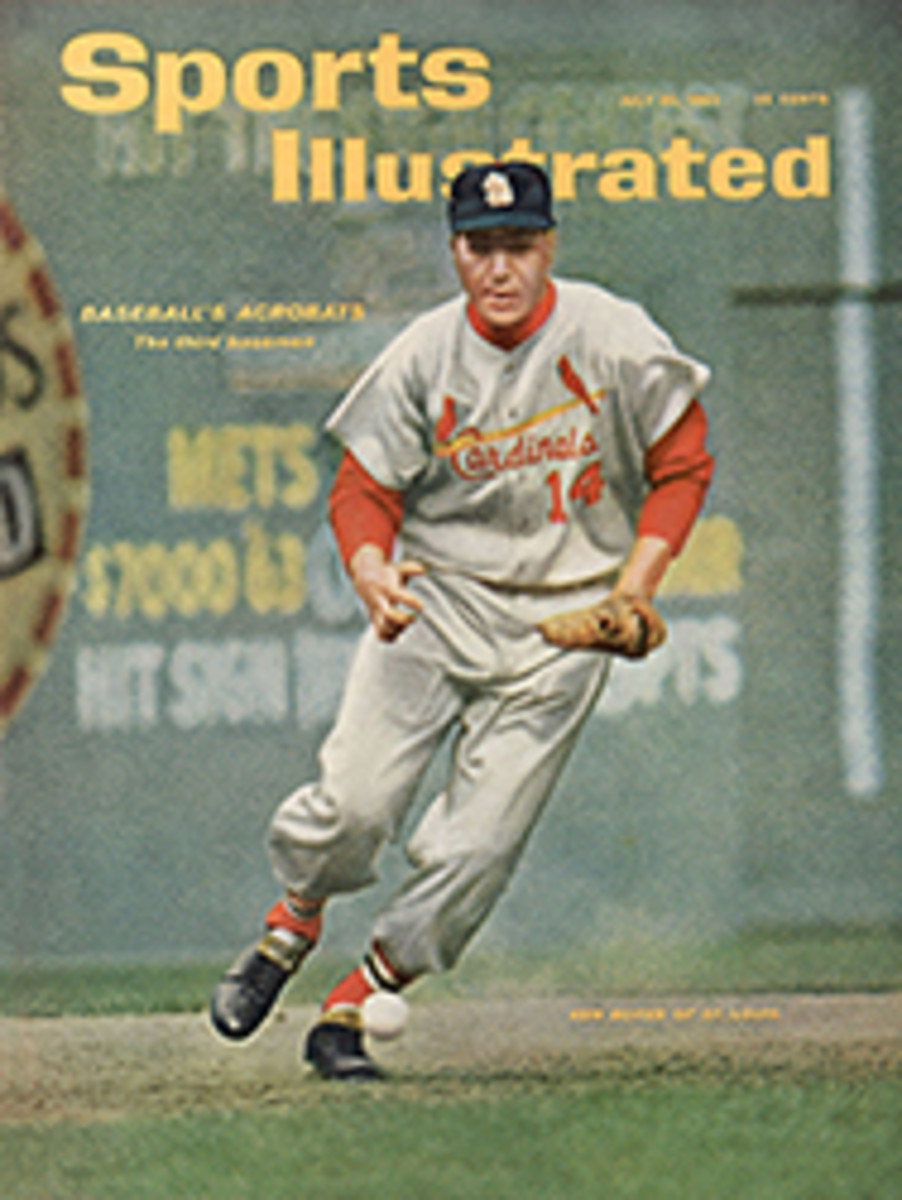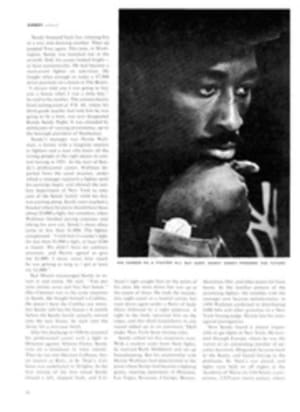
Bad Day for Babe Ruth
At 3:30 p.m. on June 8, 1921, some 20,000 people were at New York's Polo Grounds to see the Yankees play the league-leading world champion Cleveland Indians. The day before, the Yankees had taken the first game of the series, and another win would bring them within half a game of first place. But as the home team ran on the field and faced the flag for the national anthem, the fans looked in vain for the Yankee hero. Nine miles south, at 300 Mulberry Street, George Herman Ruth was sitting in a cell in a New York City jail.
That morning a maroon sports car had been caught exceeding the speed limit on Riverside Drive and, for the second time in as many months, Babe Ruth had been escorted to traffic court. The only protest he offered involved his identity; the arresting policeman thought he was kidding when he had given his name. The magistrate fined the Babe $100, which he promptly paid with a single bill, and sentenced him to a day in jail.
Ruth's first concern was not for his sentence but for the possibility of missing the game at the Polo Grounds. He faced a $500 cut in salary each time he missed a ball game, whereas he stood to receive that much as a bonus for each home run he hit.
Fortunately for Ruth and the Yankees, a day in the city's jail ended at 4 o'clock rather than at midnight, allowing the one-day prisoners the benefit of the discrepancy between the solar and the penitential day.
Ruth's timing at Mulberry Street was just as crucial as it normally would be at the plate or in the outfield of a ball park. He arranged to have his uniform brought down to him, and he put it on in the cell, covering it with the dove-colored cutaway suit he had been wearing. He planned to shed the latter in his car, which was parked at the jail's basement exit. To a fellow cellmate Ruth explained, "I'm going to run to get to the game. Keeping you late like this makes a speeder of you."
The curious gathered
As word of Ruth's jail sentence spread, a crowd gathered on Mulberry Street, hoping for a glimpse of the great slugger. A lone photographer perched on the fire escape of a building across the street from Ruth's cell, trying to snap a collector's item of the Babe behind bars. The curious, numbering nearly 1,000 by four o'clock, lined the hallways and the street outside police headquarters. But the only autograph Babe Ruth is known to have signed that day remains in the files of New York's Traffic Court. It was his thumbprint.
At Ruth's hour of release the crowds were cleared from the building and police escorted him to the basement. Preceded by a motorcycle escort, he sped uptown. A close observer claimed that he made the nine-mile trip to the ball park in 18 minutes flat. If so, he was traveling four miles per hour faster than he had been when he was arrested that morning.
Ruth arrived at the Polo Grounds in time to bat in the sixth inning, and his appearance through the gate in deep center field evoked a standing ovation from the crowd. The Yankees were trailing the Indians 3-2. The Babe's performance at the plate was an anticlimax: he walked once and was thrown out at first. But his presence must have sparked his teammates as well as his fans. The Yankees rallied in the ninth inning and won the game 4-3.
PHOTO
THE BABE ALWAYS DROVE FAST CARS

